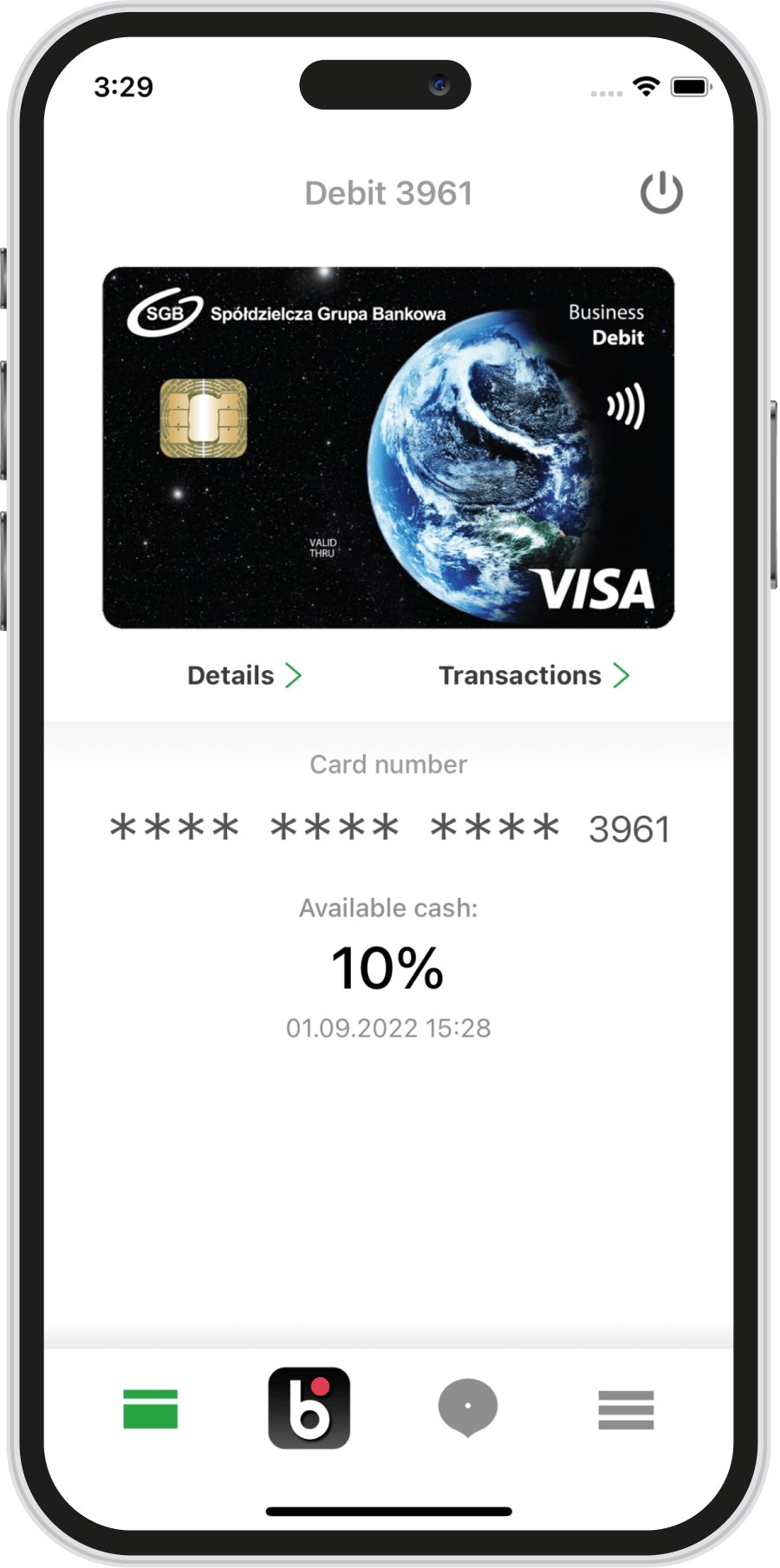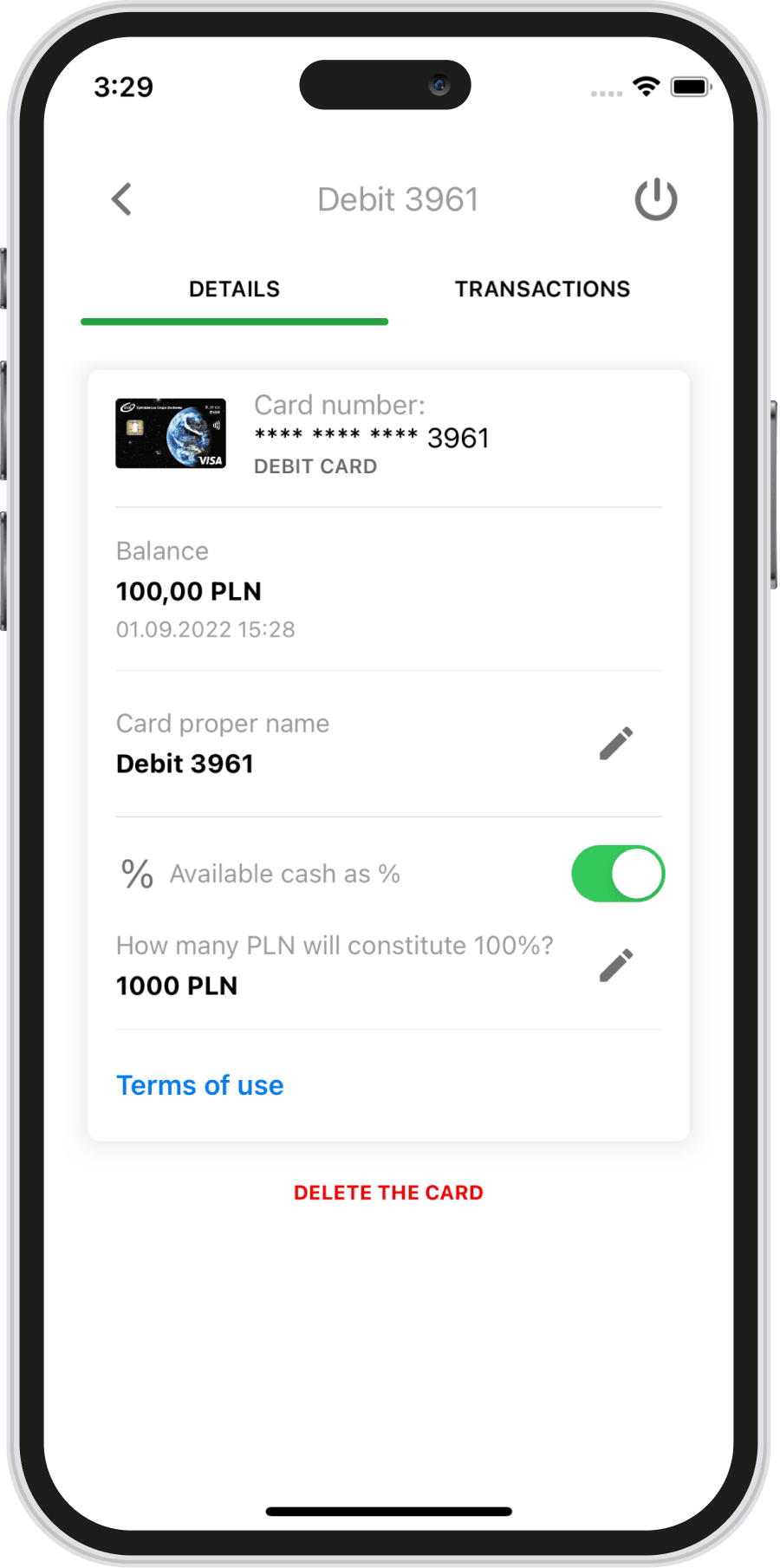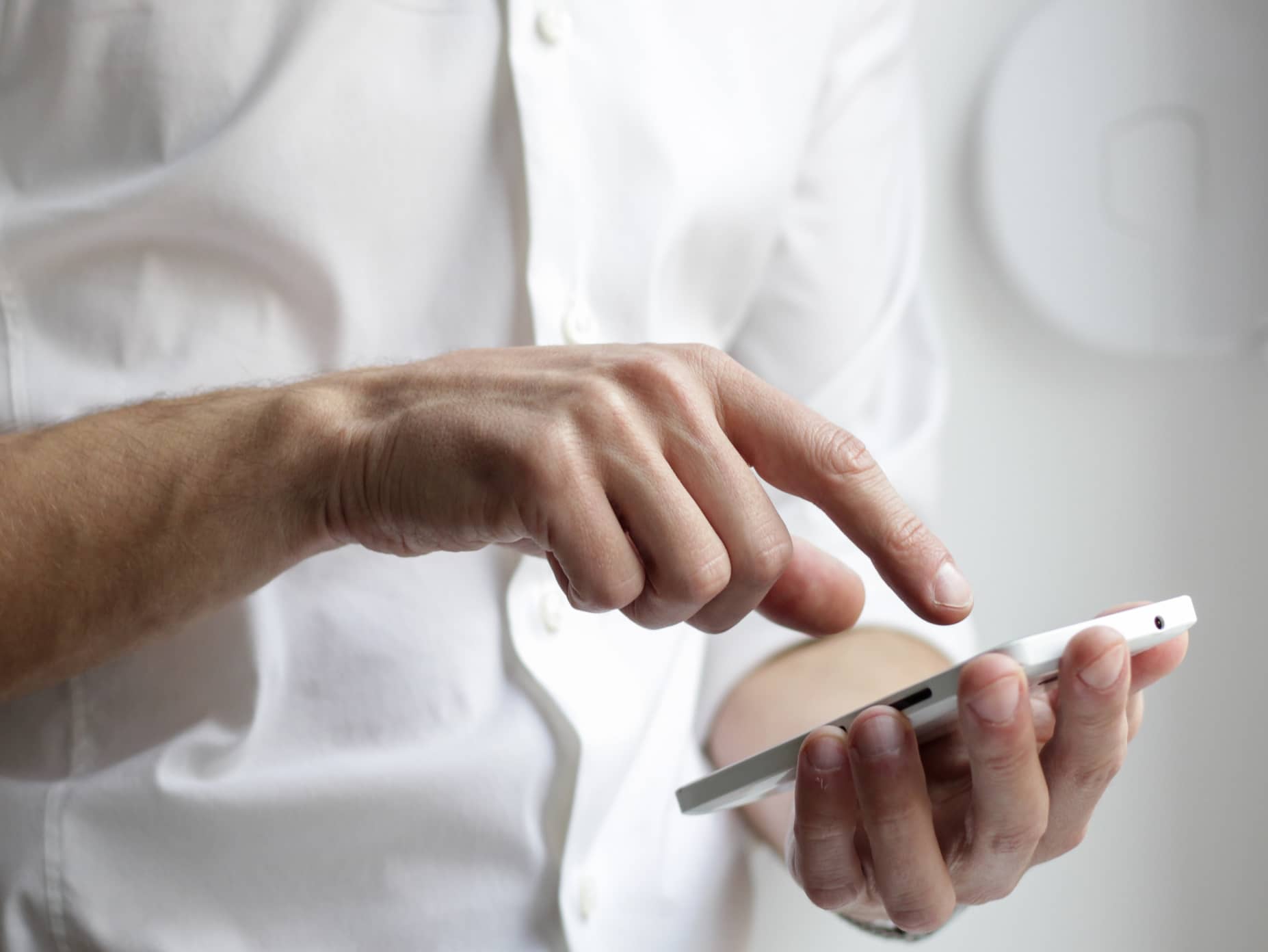SGB Wallet
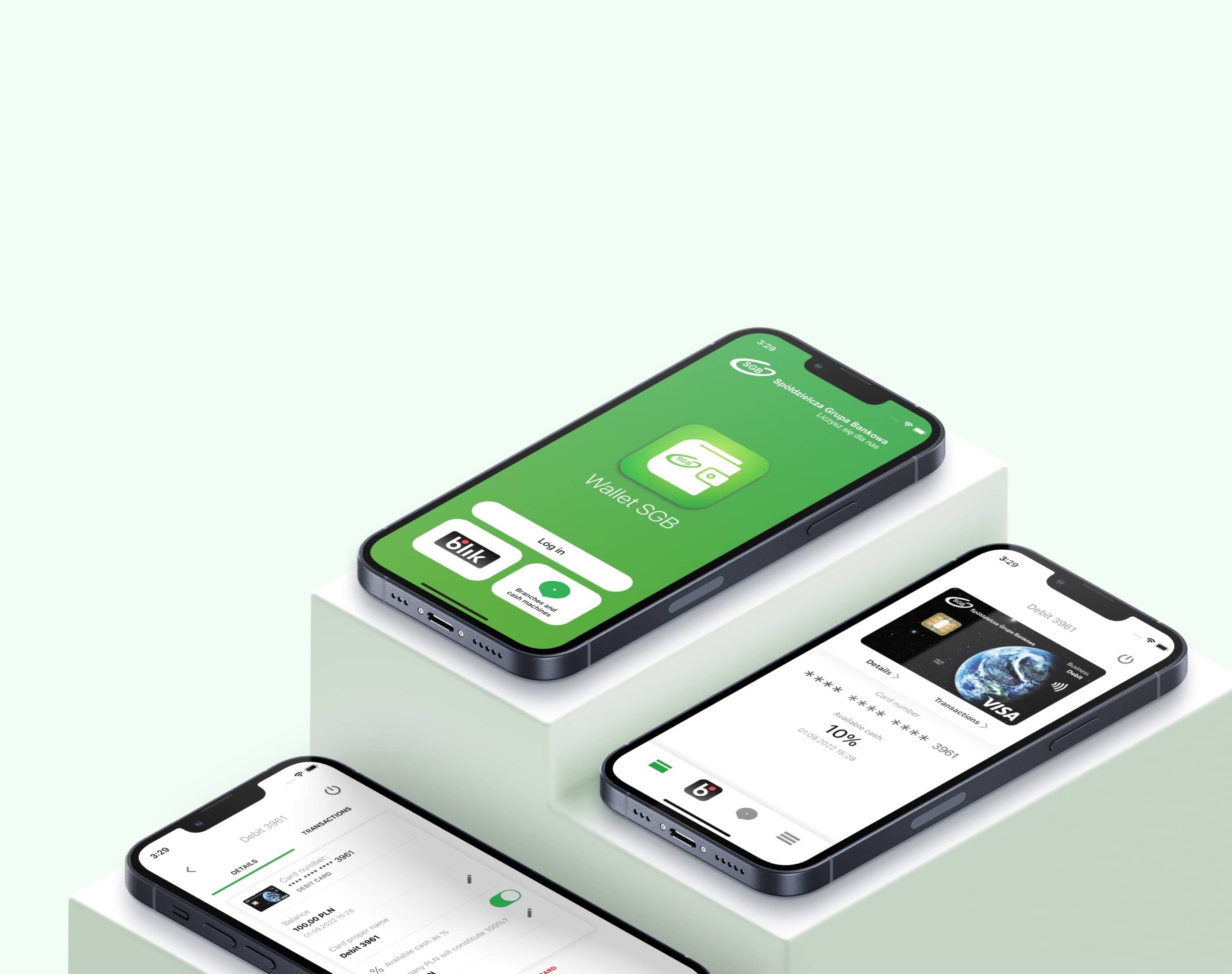

In a Nutshell
1.
banking app in Poland for cooperative banks
176
banks in one app
2 cards
integrated with the HCE library in the app: Mastercard and VISA
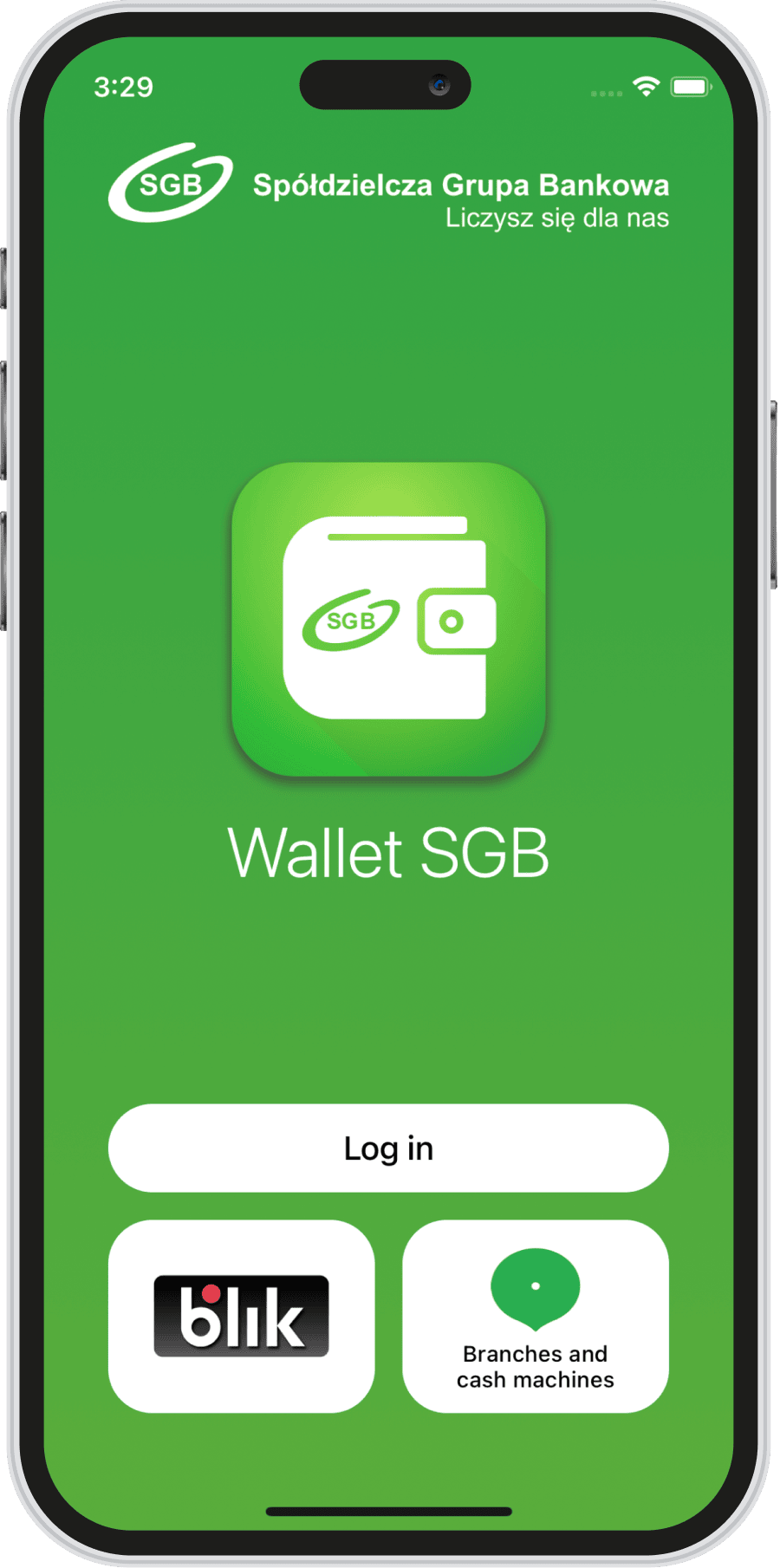

Industry
Banking
Project Scope
- Graphic design
- Development
- Quality Assurance
- Maintenance
Client
Challenge
Solution
Interesting Fact
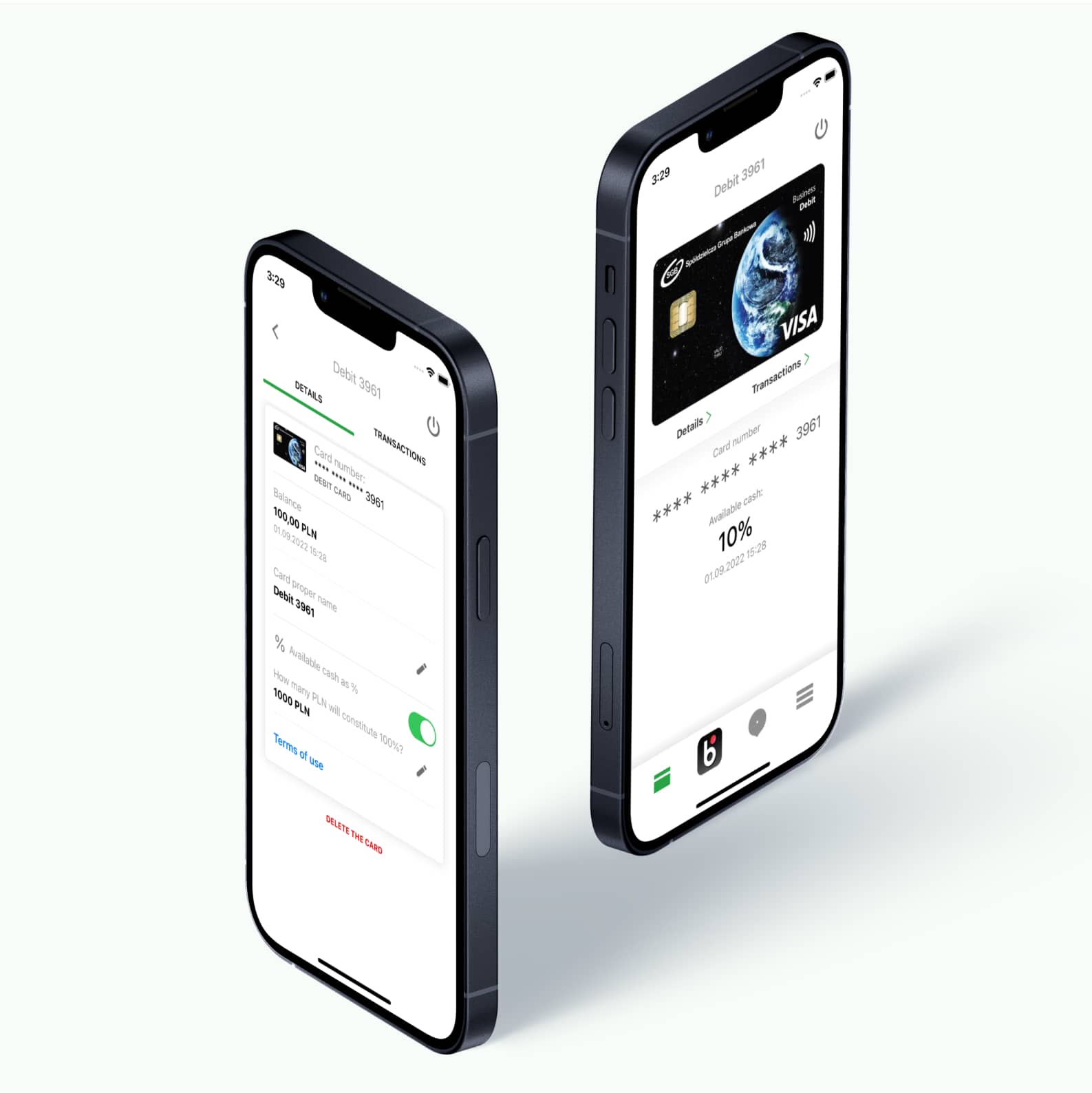
Challenge
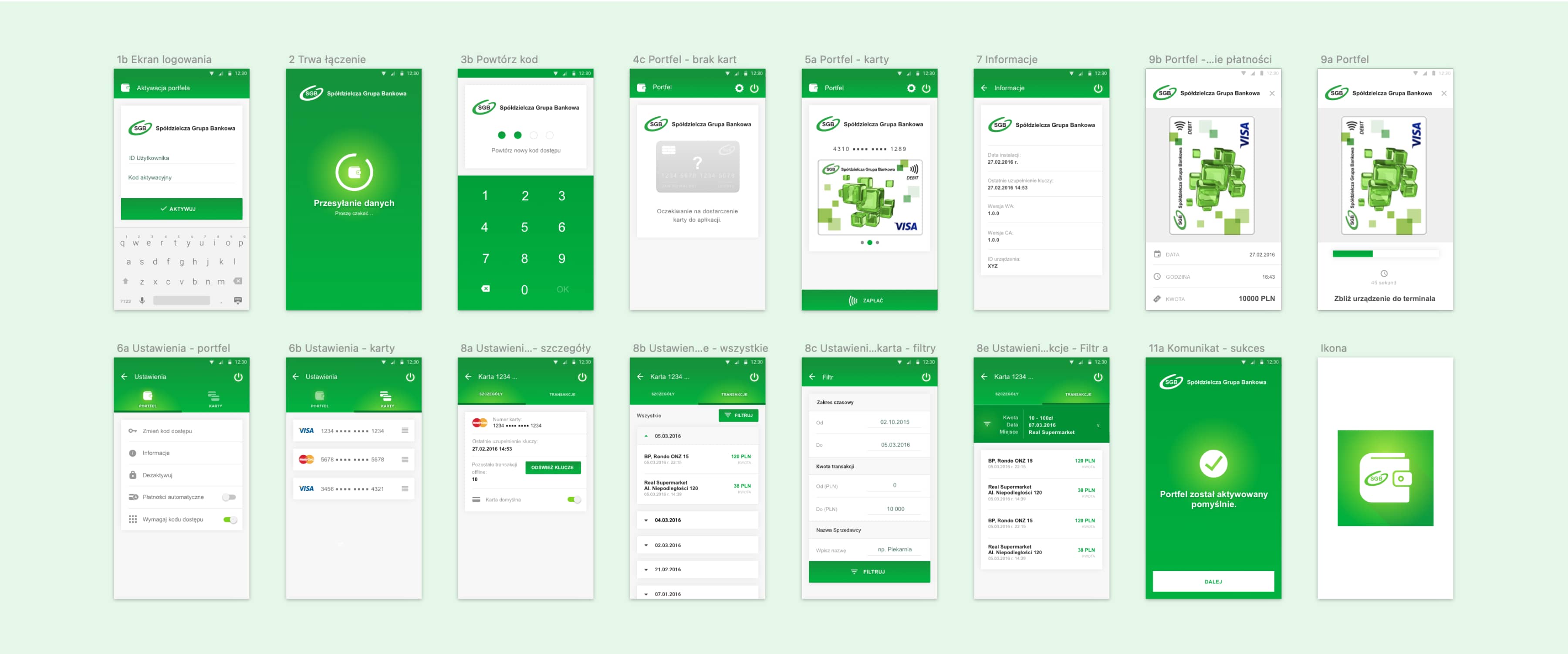
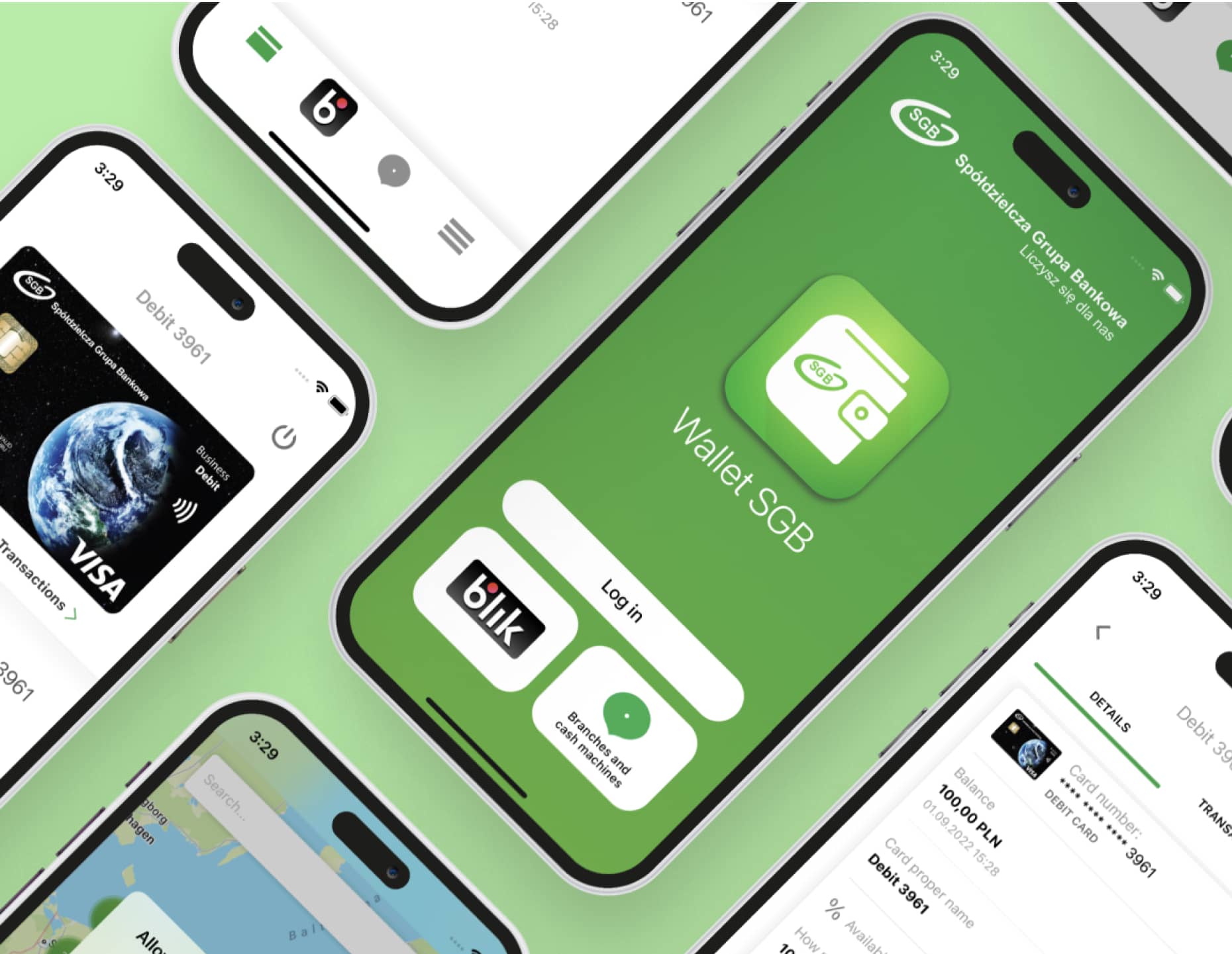
Challenge




- code darkening – to hinder reverse engineering
- verification of the environment in which the application operates – to try to block it from running on a computer and allow it only on a mobile device
- verification of the code integrity of the application – to detect changes made by third parties
- symmetric and asymmetric encryption to maintain the confidentiality of processed information
- identity verification of the server to which the application connects – to protect the user from eavesdropping on the information transmitted by third parties
Portfel SGB x Norbsoft
0
Keep scrolling 👌

